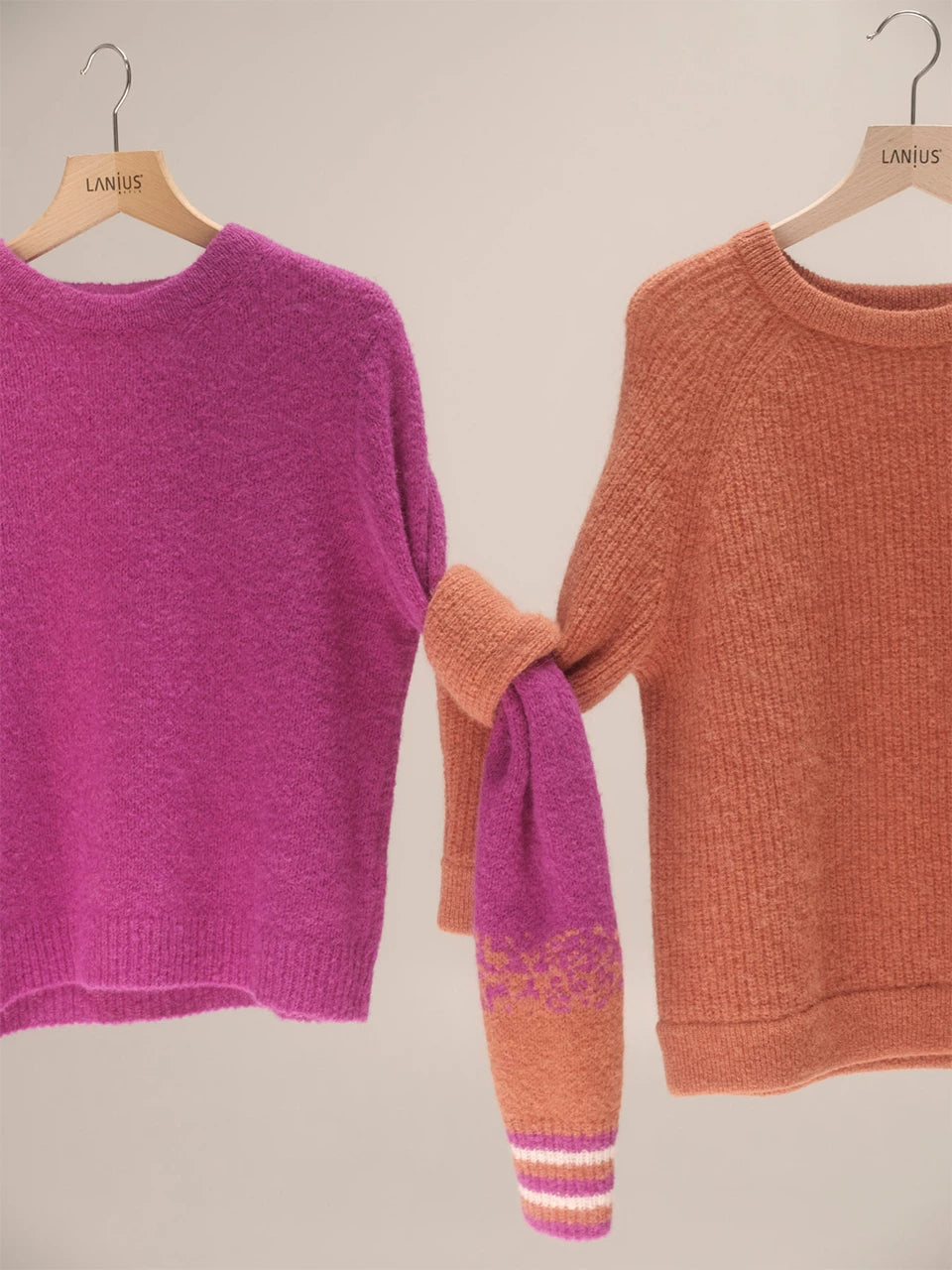Conventional Fashion – a Climate Sinner
A total of 8% of global CO₂ emissions can be attributed to the clothing and shoe industry. This is what a 2018 study by Quantis says - even if the figures should be treated with caution, as Alden Wicker, journalist and sustainable fashion activist, repeatedly emphasizes . With caution because the actual effects that fashion has on our environment are difficult to measure due to its confusing production and life cycles. A plea to take an even closer look and not to forget the industry in the major climate discussions that emitted an estimated 4 million tons of CO₂ into our atmosphere in 2016. Conventional fashion, we can all agree on this, is a climate sinner - and we must not waste any time in finding green alternatives.
Fashion and its CO₂ emissions
Where does CO₂ actually come from fashion production – and what can we do about it? According to a study by Greenpeace, we in Germany buy around 60 items of clothing per person per year. It's easy to imagine that the value chain of these masses of clothing alone produces a lot of carbon dioxide. The production of new polyester, for example, is incredibly CO2 intensive. And the yarn fineness and processing also determine how high the CO₂ emissions are. The finer the yarn, the higher the emissions during the spinning process, for example. Other significant sources of emissions are the dyeing process and the finishing of a textile, as well as energy-intensive production in general, which is still too rarely powered by renewable energy sources. The long logistics routes that now stretch across the entire globe mean that the energy balance of a piece of clothing climbs to immense heights.
How Sustainable Fashion Counteracts Climate Change
Of course, the first thing we can do is change our purchasing behavior: consume less and, when buying new clothes, look for brands that already produce sustainably. This includes visible differences in production, such as purchasing green electricity or efficient use of resources.
For comparison: a garment made of recycled polyester already reduces its carbon footprint by more than 30 percent . But shortened transport routes, in which the processing steps of a garment are as close together as possible, can also have a major impact on the carbon footprint of a T-shirt.
As a fashion label, we see ourselves as having an absolute responsibility to act: LANIUS's entire CO2 emissions are therefore collected and offset through investments in climate protection projects.
In collaboration with the experts at ClimatePartner, we annually determine the CO2 emissions from our company's business activities and the production of our entire collection and offset them through a climate protection project.
By offsetting emissions, we give back to the earth what we take from it elsewhere as a producer and fashion label. By offsetting our emissions, we support projects such as rainforest protection and the promotion of renewable energies.
We are continuously working on reducing our carbon footprint and on the sustainable development of our company and our products.
If greenhouse gases cannot be avoided and reduced, the only option is to offset them. To do this, the amount of emissions generated by a specific activity is first calculated - for example, a flight or the manufacture of a product.
The compensation itself is then carried out via certificates, which are used to offset exactly the amount of emissions generated through climate protection projects.
Companies and private individuals can purchase the certificates from providers such as ClimatePartner. The purchase of the certificates finances the climate protection projects. The benefits of the projects are checked at regular intervals by independent quality standards and thus also ensured.















